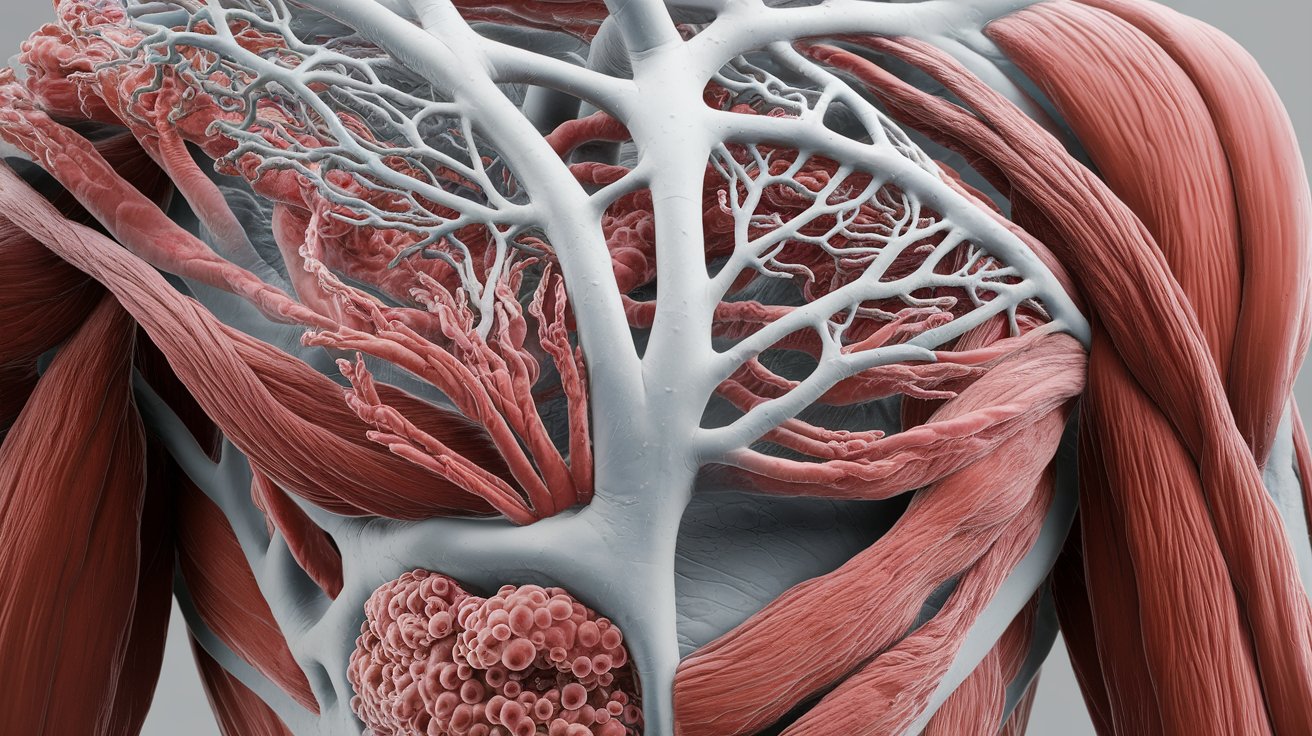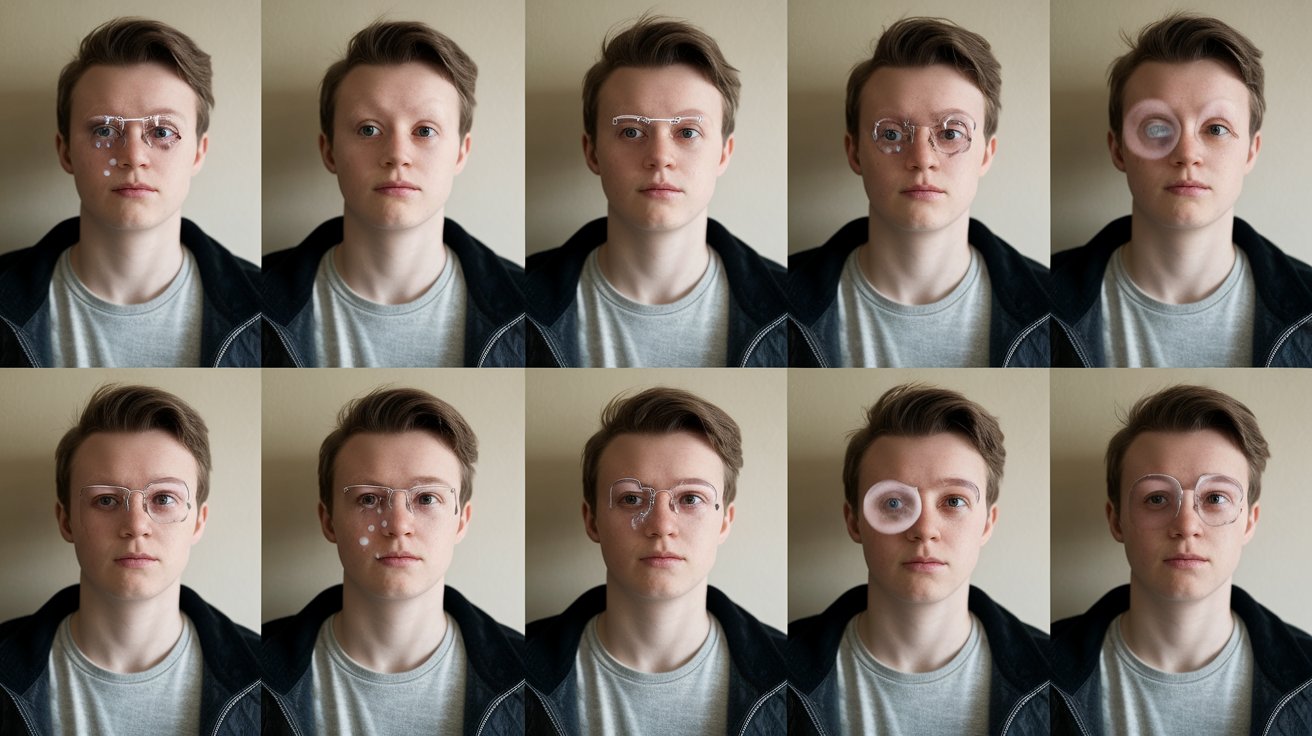
Congenital Fiber Type Disproportion (CFTD) is a rare muscle disorder that primarily affects infants and children. Characterized by muscle weakness, especially in the shoulders, hips, and facial muscles, this condition can vary greatly in severity. Some individuals may experience mild symptoms, while others face significant challenges. CFTD is often diagnosed through muscle biopsies, which reveal a disproportionate size between type 1 and type 2 muscle fibers. Genetic mutations play a crucial role in the development of this disorder, though the exact cause remains unknown. Treatment focuses on managing symptoms through physical therapy, respiratory support, and sometimes surgical interventions. Understanding CFTD can help families and medical professionals provide better care and support for those affected.
Key Takeaways:
- Congenital Fiber Type Disproportion (CFTD) is a rare genetic muscle disorder that affects muscle tone and strength. It can cause muscle weakness, delayed motor milestones, and respiratory issues in children.
- While there is no cure for CFTD, treatments like physical therapy, respiratory support, and nutritional assistance can help manage symptoms and improve quality of life. Research into gene therapy and stem cell therapy offers hope for future treatments.
What is Congenital Fiber Type Disproportion?
Congenital Fiber Type Disproportion (CFTD) is a rare genetic muscle disorder. It primarily affects muscle tone and strength. Here are some fascinating facts about this condition.
-
CFTD is characterized by a significant difference in the size of muscle fibers. Type 1 fibers are much smaller than type 2 fibers.
-
This condition is usually diagnosed in infancy or early childhood. Symptoms often include muscle weakness and hypotonia (low muscle tone).
-
CFTD is a genetic disorder. It can be inherited in an autosomal dominant, autosomal recessive, or X-linked manner.
-
The exact prevalence of CFTD is unknown. It is considered a rare disease.
-
Muscle biopsy is the primary method for diagnosing CFTD. It reveals the disproportion in muscle fiber sizes.
Symptoms and Signs
Understanding the symptoms can help in early diagnosis and management. Here are some key symptoms and signs of CFTD.
-
Infants with CFTD often have difficulty feeding. This can lead to poor weight gain and growth.
-
Delayed motor milestones are common. Children may take longer to sit, crawl, or walk.
-
Respiratory issues can occur. Weak respiratory muscles may lead to breathing difficulties.
-
Scoliosis, or curvature of the spine, is sometimes seen in individuals with CFTD.
-
Facial muscle weakness can result in a distinctive facial appearance. This includes a high-arched palate and a long face.
Causes and Genetics
CFTD has a genetic basis. Let's explore the causes and genetic aspects of this condition.
-
Mutations in several genes can cause CFTD. These include ACTA1, TPM3, and MYH7.
-
The ACTA1 gene mutation is the most common cause. It affects the production of actin, a protein crucial for muscle contraction.
-
Genetic testing can confirm the diagnosis. It helps identify the specific gene mutation responsible.
-
Family history plays a significant role. If one parent has CFTD, there is a 50% chance of passing it to their child.
-
Sporadic cases occur without a family history. These are due to new mutations in the affected individual.
Treatment and Management
While there is no cure for CFTD, various treatments can help manage symptoms. Here are some treatment and management strategies.
-
Physical therapy is essential. It helps improve muscle strength and flexibility.
-
Occupational therapy can assist with daily activities. It aims to enhance independence.
-
Respiratory support may be needed. This includes devices to assist with breathing.
-
Nutritional support is crucial. Special feeding techniques or supplements may be necessary.
-
Regular monitoring by a multidisciplinary team is important. This includes neurologists, geneticists, and physical therapists.
Living with CFTD
Living with CFTD presents unique challenges. Here are some aspects of daily life for those affected.
-
Adaptive equipment can improve mobility. This includes wheelchairs, braces, and walkers.
-
Education plans should be individualized. Schools may need to provide special accommodations.
-
Social support is vital. Connecting with others who have CFTD can provide emotional support.
-
Regular exercise is beneficial. It should be tailored to the individual's abilities.
-
Awareness and advocacy are important. Educating others about CFTD can foster understanding and support.
Research and Future Directions
Research continues to advance our understanding of CFTD. Here are some exciting developments and future directions.
-
Gene therapy holds promise. Researchers are exploring ways to correct the genetic mutations causing CFTD.
-
Stem cell therapy is another area of interest. It may offer potential treatments for muscle regeneration.
-
Clinical trials are ongoing. These aim to find new treatments and improve existing ones.
-
Collaboration among researchers is key. Sharing data and resources accelerates progress.
-
Patient registries are valuable. They help track the natural history of CFTD and identify potential participants for research studies.
Final Thoughts on Congenital Fiber Type Disproportion
Congenital Fiber Type Disproportion (CFTD) is a rare muscle disorder that affects muscle development and function. Understanding CFTD helps in recognizing its symptoms early, which can lead to better management and support for those affected. Key symptoms include muscle weakness, delayed motor skills, and respiratory issues. Genetic mutations often cause CFTD, and while there's no cure, physical therapy and supportive treatments can improve quality of life.
Awareness and research are crucial for advancing treatment options and providing support to families. By sharing knowledge about CFTD, we can foster a more informed and compassionate community. If you or someone you know shows signs of CFTD, consult a healthcare professional for proper diagnosis and care. Stay informed, stay supportive, and let's work together to improve the lives of those living with this condition.
Frequently Asked Questions
Was this page helpful?
Our commitment to delivering trustworthy and engaging content is at the heart of what we do. Each fact on our site is contributed by real users like you, bringing a wealth of diverse insights and information. To ensure the highest standards of accuracy and reliability, our dedicated editors meticulously review each submission. This process guarantees that the facts we share are not only fascinating but also credible. Trust in our commitment to quality and authenticity as you explore and learn with us.


